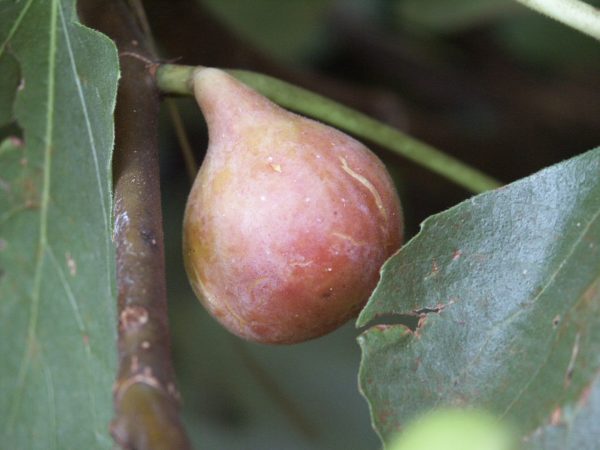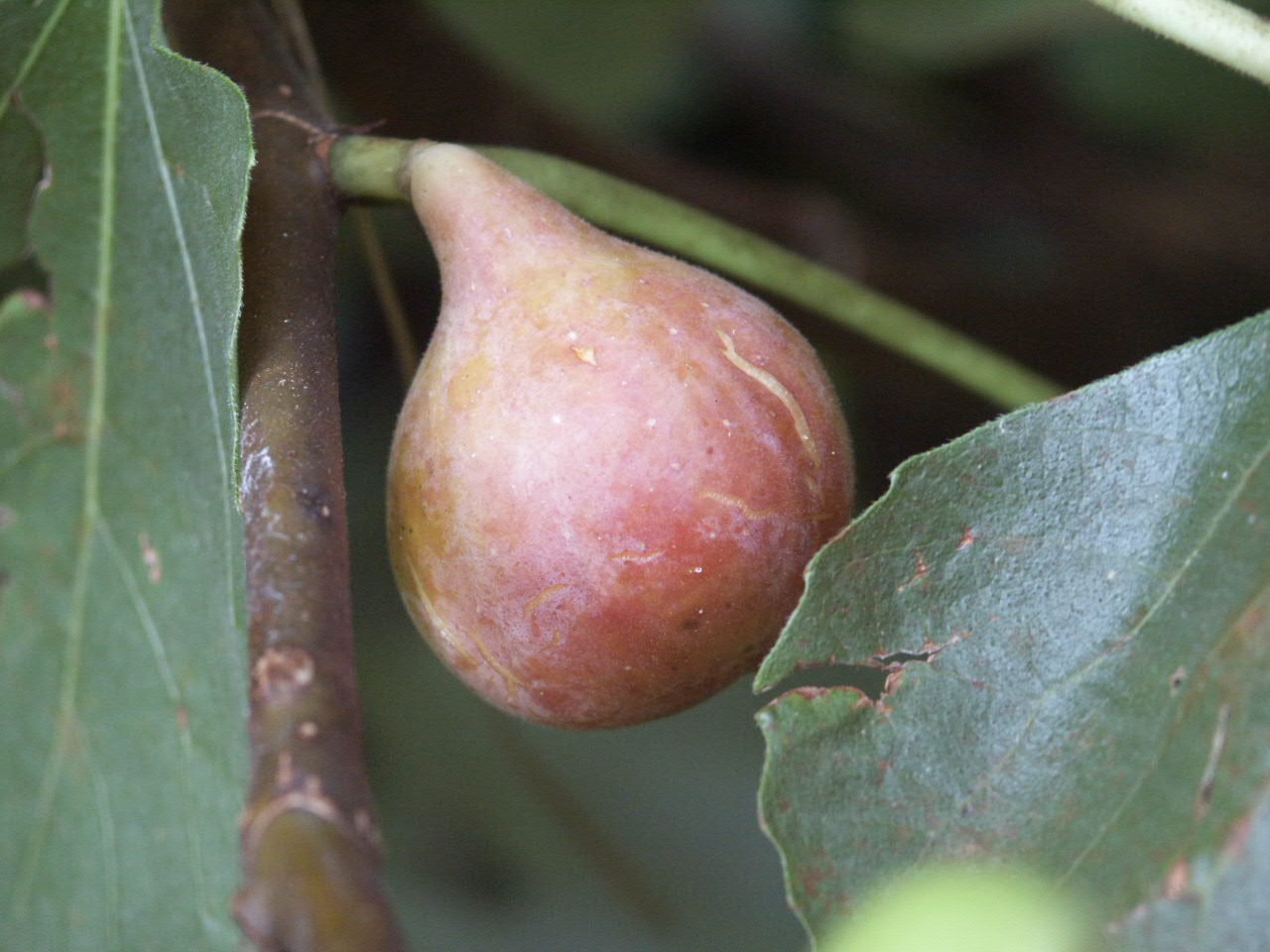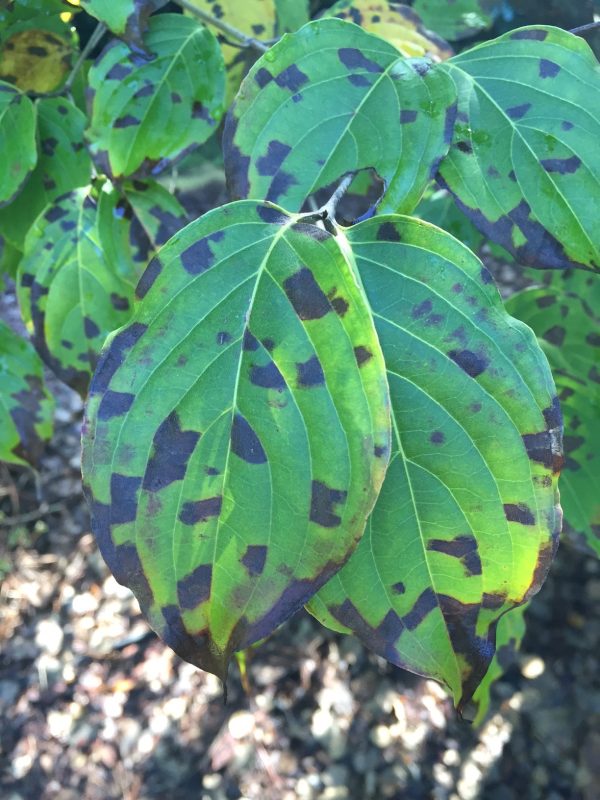Fig

Ficus carica
Figs suffer from winter damage in some parts of the Southeast but their soft, luscious fruit is prized for preserves and fresh eating. With protection, Figs can be grown as far north as Zone 7a. Zones 8a and warmer are perfect for Figs, providing the hot, dry summers and cool winters they prefer. Southern Fig varieties do not need a pollinator, as do California Figs. After a mild winter, a small “breba” fig crop will be produced on twigs that grew last year. The main crop occurs on current season growth.
• More detailed information can be found in The Georgia Fruit & Vegetable Book by Walter Reeves and Felder Rushing
• For more information visit:
When to Plant
Plant Figs in spring as soon as the soil can be worked after the last frost.
Where to Plant
Situate Figs where they have plenty of room to achieve their final size. A space 15 feet wide and high is the minimum needed. Heavy yearly pruning, necessitated by putting a large plant in a small landscape space, causes poor fruiting. They need at least 8 hours of sunshine per day to ripen the fruit. In cold areas, plant on the south side of your house. Try to avoid early morning and late evening winter sunshine.
Old gardens and fields often are infested with root-knot nematodes, the major pest of Figs. Before you plant, call your local Extension office (1-800-ASKUGA-1) for directions on how to sample for nematodes.
How to Plant
Figs have a wide-ranging root system. Dig a hole at least three times as wide as the root ball. Begin training to a bush form by cutting off the upper third of the Fig at planting. This will force new sprouts to come out near the ground. When the new sprouts have grown 18 inches, cut off the tips to induce even more sprouting.
Care and Maintenance
Figs respond better than most fruit plants to regular applications of fertilizer. Spread 3 cups of 8-8-8 under the canopy of a well-established plant in March, May and June; half the amount for younger plants. Regular watering during fruit swell (July through harvest) is important. Do not allow grass to grow under the plant: it will compete for available nutrients and water. If Figs are frequently winter injured in your area, halve the fertilization recommendations for mature plants above. If plants grow vigorously but put on few fruit, do not fertilize for six months.
Avoid heavy winter pruning at all costs. It is better to prune monthly in the summer in order to avoid shocking the plant back into juvenile growth. Remove the tips of vertical sprouts when they are 2 feet long. Encourage horizontal branches since these will bear most of the fruit.
PESTS
Few insects and diseases affect Figs. Birds are the most troublesome pests although some believe that Figs grow tall “so the birds can have the high ones and I get the low ones”. Scare objects such as aluminum pie pans are often recommended but rarely work. The only sure way to prevent loss of the crop is to cover the plants with netting. Remove the net immediately after fruiting.
Varieties
Variety Color of Fruit Comments
Brown Turkey Bronze Medium size fruit; hardy to 10F, will produce some fruit even if frozen to the ground in winter
Celeste Lt. brown to violet Small size fruit; winter hardy to 0F; plant is smaller than Brown Turkey
Hunt Dull bronze with white specks Small to medium size fruit; well adapted to rainy areas
Kadota Bright greenish yellow Small to medium size fruit; rich, sweet flavor
LSU Purple Reddish to dark purple Medium size fruit; strawberry pulp
Magnolia Bronze with white flecks Medium size fruit; winter hardy to 5F















